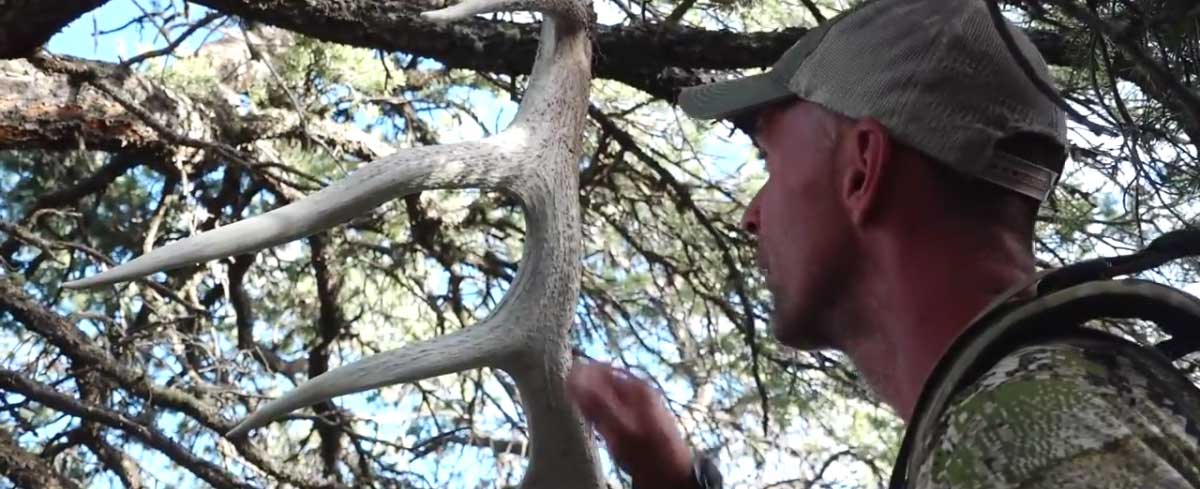If you’re a shed hunter, you must not only outwit your human competition, but your furry counterparts as well. When elk shed their antlers in late winter, forest creatures large and small race to freshly dropped antlers in search of valuable minerals. Rodents like mice, squirrels and porcupines are the most common culprits, but biologists have observed wolves, coyotes and even bears chewing on sheds.
Antlers turn out to be a sort of multivitamin, providing mainly calcium, which accounts for about 20 percent of an antler’s make-up. But a University of Georgia study identified 11 different minerals in antlers, including phosphorous at 10 percent, magnesium at 1 percent and smaller amounts of sodium, potassium, barium, iron, aluminum, zinc, strontium and manganese.
Antlers also provide a moveable feast while still attached. Elk and other deer species sometimes ingest parasites that, after incubating in the intestinal tract, can make their way through the bloodstream to growing antlers still in velvet. Nestled beneath the live tissue, these larvae mature, sometime causing dimples and lumps in the bone surface. They then bore outward and fly off, leaving holes in the hardened antlers.
Elk NetworkWhat eats elk antlers and why?
General | February 19, 2018

Latest Content
Chronic Wasting Disease Confirmed in New Wyoming Hunting Area
Below is a news release from the Wyoming Game and Fish Department. The Wyoming Game and Fish Department has confirmed the presence of chronic wasting [...]
Utah Offers Free, Mandatory Shed Antler Hunting Class
Below is a news release from the Utah Division of Wildlife Resources. If not from Utah, check with your state’s regulations to see what requirements [...]
USFWS Declines to Delist Grizzlies, Great Lakes’ Wolves
Despite meeting federal recovery criteria for more than two decades, the U.S. Fish and Wildlife Service (USFWS) ruled the grizzly bear population in the Greater [...]